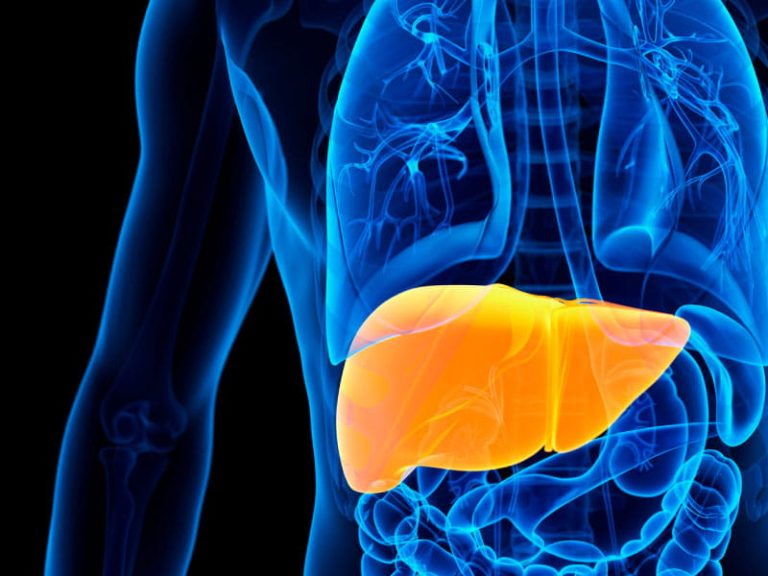What is blood pressure and what numbers for it are considered normal?
It is a normal a part of any medical go to. Somebody, usually a nurse, wraps a cuff round your arm and asks you to sit down quietly whereas the cuff squeezes to the purpose of discomfort, then slowly eases its grip. Some numbers get jotted down in your chart.
“136 over 79.”
What does that even imply?
“The highest quantity – the systolic – tells us how a lot strain there may be from blood pushing towards the partitions of your arteries when the guts beats,” stated Dr. Niteesh Choudhry, a professor of drugs at Harvard Medical Faculty and a hospitalist at Brigham and Girls’s Hospital in Boston. “The underside quantity – often called diastolic – is the quantity of strain from blood pushing towards the artery partitions when the guts is at relaxation” between heartbeats.
When both quantity is simply too excessive for too lengthy, “it causes every kind of unhealthy issues,” Choudhry stated. That may embrace strokes, coronary heart assaults, kidney failure and different persistent sicknesses. “Hypertension is a serious cardiovascular danger issue, resulting in unhealthy outcomes within the coronary heart and mind, and that is why it is gotten a lot consideration for thus lengthy.”
Almost half of U.S. adults have hypertension, or hypertension. As a result of there are sometimes no signs, if individuals aren’t checking for it, many do not know they’ve it.
What’s excessive?
In accordance with the American Coronary heart Affiliation and American School of Cardiology, a standard blood strain for adults is a systolic measurement of lower than 120 mmHg and a diastolic studying below 80 mmHg. Blood strain is elevated when the systolic constantly reaches 120-129 mmHg and the diastolic is lower than 80 mmHg. It’s thought of stage 1 hypertension when systolic blood strain constantly hits 130-139 mmHg or the diastolic reaches 80-89 mmHg, and stage 2 hypertension when the readings constantly attain 140 mmHg or 90 mmHg or increased, respectively. Blood strain readings that immediately exceed 180 systolic and/or 120 diastolic are thought of a hypertensive disaster that requires fast medical consideration.
Choudhry stated a lot of the main target has centered on the highest quantity (systolic) as a result of there is a bigger physique of analysis tying it to poor cardiovascular outcomes. “However each numbers matter. If one is excessive however the different is not, we use the one which’s irregular.”
What occurs when numbers keep excessive?
When blood strain will get too excessive, arteries start to stiffen, stated Dr. Elizabeth Jackson, director of the Cardiovascular Outcomes and Effectiveness Analysis Program on the College of Alabama at Birmingham. “They’re alleged to be versatile. Take into consideration arteries being like a backyard hose. If you happen to push a variety of fluid by means of and the strain is excessive, the hose will get stiff and would not work as nicely.”
What causes hypertension?
Hypertension develops over time and will be brought on by many issues. Some danger elements will be managed, whereas others can not. Components that will affect blood strain ranges embrace being obese, not getting sufficient bodily exercise, consuming a poor weight loss plan or an excessive amount of sodium, smoking, or not getting good sleep.
Some persons are at better danger than others, Jackson stated.
“African American ladies within the U.S. have a number of the highest charges on the earth,” she stated. Historic and systemic elements play a serious function on this statistic.
Rising age, household historical past, well being situations reminiscent of kidney illness and diabetes, and gender can also have an effect on hypertension danger. Till they attain 64, males are at increased danger than ladies. That reverses at 65 and past.
It is treatable.
The excellent news, Choudhry stated, is hypertension is treatable, no matter which quantity is simply too excessive. The therapy is identical for every.
Making way of life modifications is step one, Jackson stated. This may embrace dropping pounds if wanted, changing into extra bodily lively, limiting alcohol consumption, managing stress, quitting smoking if the particular person smokes and consuming a more healthy weight loss plan.
“Hold processed meals to a minimal,” she stated. “We all know they are often excessive in sugar and salt. Make your plate colourful by consuming quite a lot of vegatables and fruits.”
It is also necessary to get sufficient and good high quality sleep, Jackson stated. The AHA recommends adults get seven to 9 hours of sleep every evening to optimize cardiovascular well being, extra for youngsters relying on age.
If way of life modifications alone do not do the trick, medicines additionally could also be wanted, Choudhry stated.
What about low blood strain?
Low blood strain is much less frequent however nonetheless harmful, Choudhry stated. It will probably occur when persons are overtreated with treatment for hypertension or when persons are dehydrated or have one other sickness.
In contrast to with hypertension, individuals whose blood strain drops too low will often really feel unwell, he stated. “They will get dizzy or lightheaded. The therapy relies upon the underlying trigger.”
However what’s too low for one particular person could also be completely tremendous for an additional, Jackson stated. “It truly is tailor-made to what the particular person’s different situations are.”
None of those situations will be handled if blood strain is not being checked repeatedly, she stated. “That is why it is necessary to know these numbers.”







